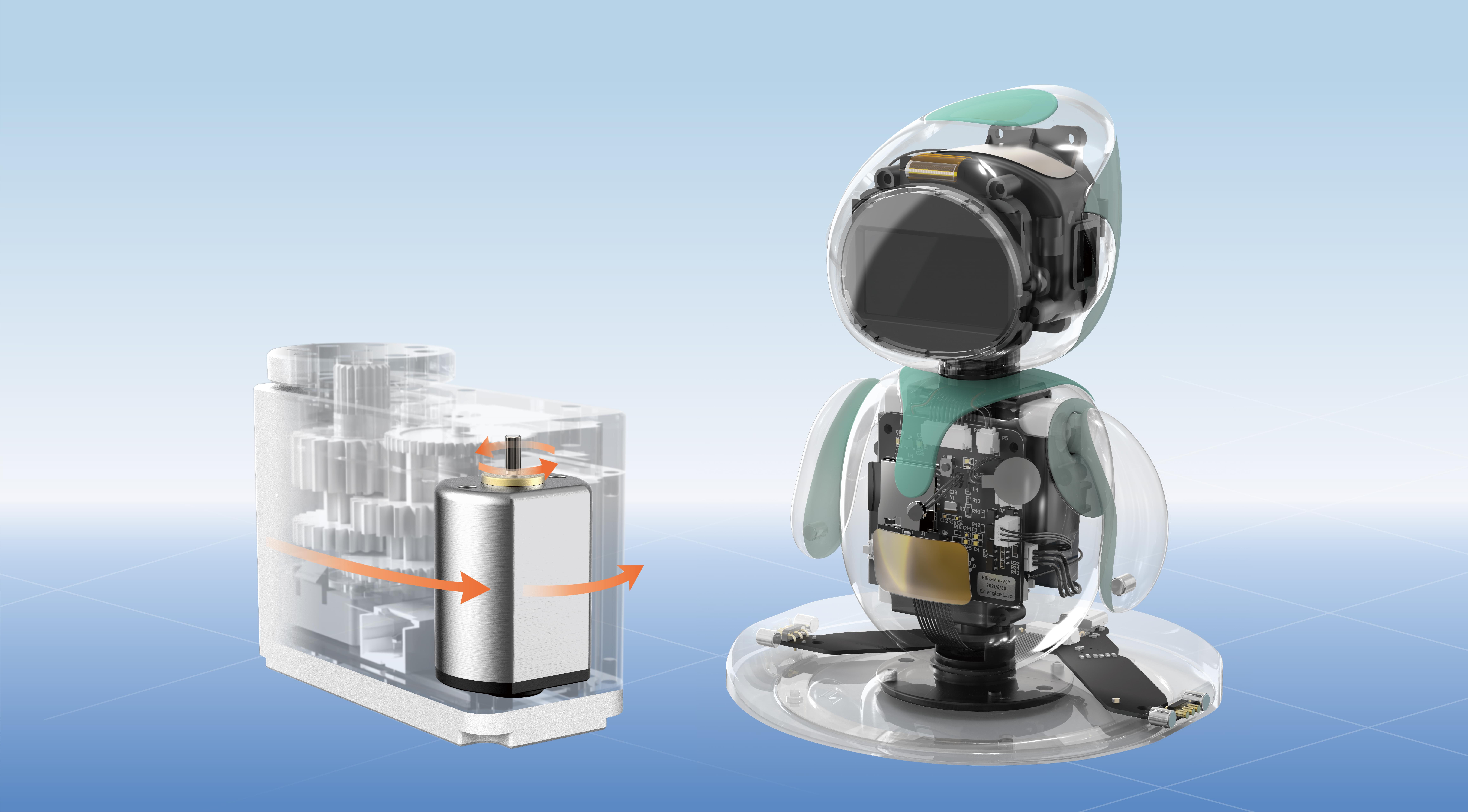Unlocking Precision: A Comprehensive Guide to Servo Motor Pin Connections
Servo motors are marvels of modern engineering, combining precise control with high torque in compact packages. From robotics and RC vehicles to industrial automation and sophisticated DIY projects, servo motors are the backbone of precise movement control. But to harness their full potential, understanding the intricacies of their pin connections is vital. A well-connected servo motor guarantees reliability, optimal performance, and longevity. So, where do you start? Let’s peel back the layers of this essential component.

The Anatomy of a Servo Motor
Before diving into pin connections, it helps to understand what makes a servo motor tick. Most hobbyist and industrial servo motors consist of a three-part system: a motor (typically DC), a feedback device (often an internal potentiometer), and a control circuit. The motor's rotation is controlled by pulse-width modulation (PWM) signals, translating into precise angular movement.
The typical servo motor has three main pins:
Power (Vcc or +V) Ground (GND or -V) Control Signal (PWM input)
In some advanced servos, you may find additional pins for features like telemetry, temperature sensors, or digital interfaces, but the core is generally about these three.
The Fundamental Pin Functions
Power Pin (+V): Supplies the voltage needed to run the motor and internal electronics. Usually, this is 4.8V to 6V for hobbyist servos but can vary for industrial models.
Ground (GND): Completes the electrical circuit. Proper grounding prevents noise and ensures stable operation.
Control Signal (PWM): The 'brain' of the system, this pin receives PWM signals from a microcontroller, Arduino, or RC receiver. The duration of the high pulse (typically 1-2 milliseconds) determines the servo's position.
Types of Servo Connectors
Servo connectors come in various standards, but the most common is the JST-SM or DuPont connector for hobbyist servos. These are usually 3-pin connectors color-coded as:
Red: Power (+V) Black or Brown: GND White, Yellow, or Orange: Control Signal
Understanding the color coding is crucial, especially when multiple servos are involved, to avoid wiring mistakes that could damage the servo or the controller.
Wiring Essentials
The actual wiring process is straightforward but requires precision:
Power supply: Always ensure that your power source matches your servo's specifications. Overvoltage can burn out the motor, while undervoltage may lead to insufficient torque. Ground connection: Connect all grounds together—this includes the servo, power supply, and control device. A common ground prevents voltage differences that can lead to erratic servo behavior. Control signal: Use a signal generator or microcontroller’s PWM output. Ensure that the signal level matches the servo’s expected logic voltage to prevent damage.
The Significance of Proper Wiring
Incorrect wiring can lead to:
Servo malfunction or erratic movements Permanent damage to the servo motor or control board Safety hazards in high-torque or industrial applications
Therefore, double-check connections before powering up; a simple mistake can be costly.
Connecting Multiple Servos
In complex setups with multiple servos, the wiring pattern remains similar but pay extra attention:
Use separate power lines for each servo, especially if they draw significant current. Share common ground with your control board. Consider using a dedicated power supply line for high-current setups to prevent voltage dips.
Practical Tips for Successful Pin Connections
Always consult the datasheet for your specific servo model.
Use multimeters to verify voltage levels before powering.
Use color-coded wires for easy identification.
Employ breadboards or connector blocks for neat wiring.
Next step: In the second part, we will examine advanced wiring techniques, troubleshooting tips, and best practices to ensure your servo motor pin connection setup is both durable and high-performing. We'll also explore how to handle various scenarios like digital vs. analog servos and integration into larger systems.
Leveraging innovations in modular drive technology, Kpower integrates high-performance motors, precision reducers, and multi-protocol control systems to provide efficient and customized smart drive system solutions.




































